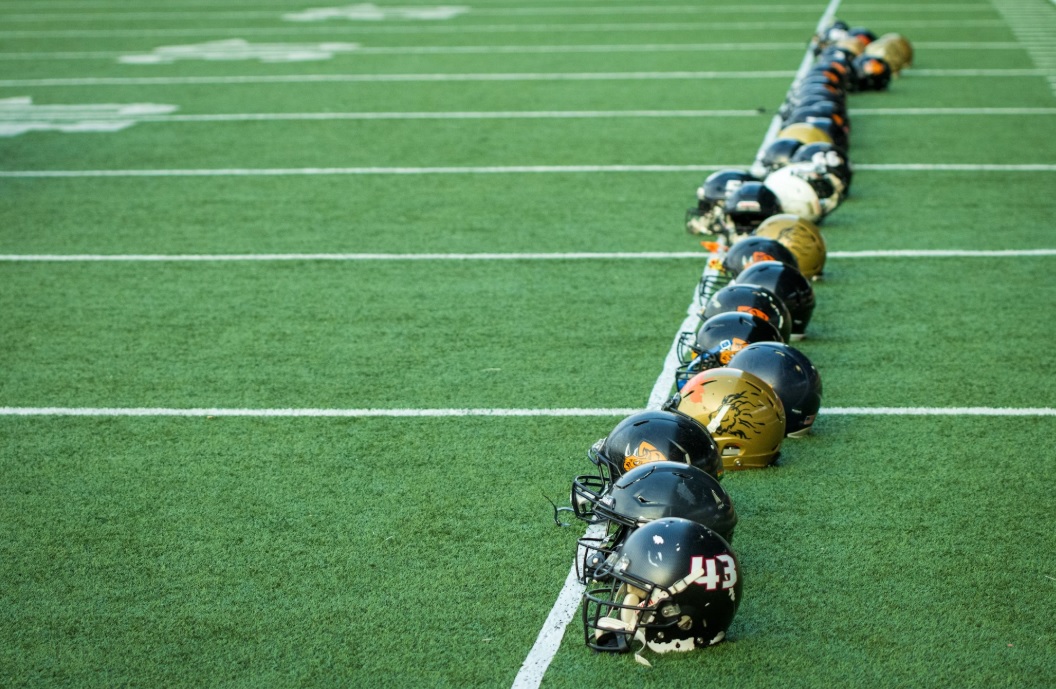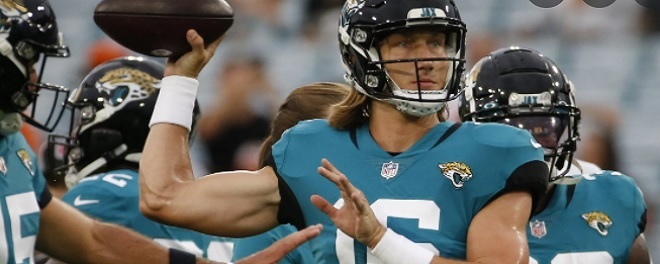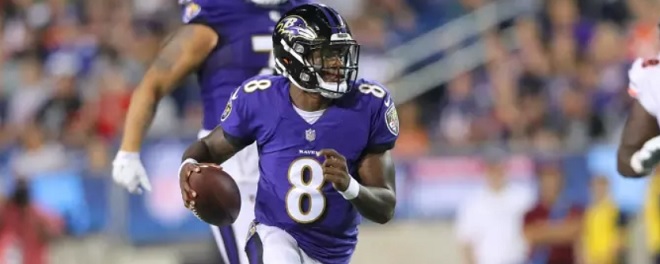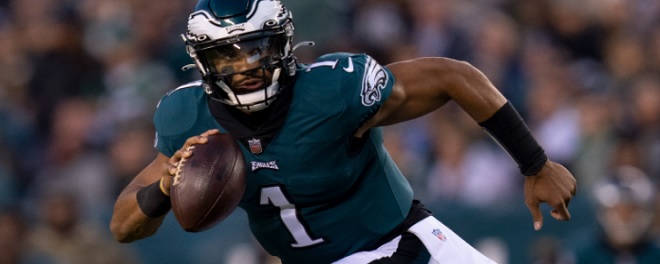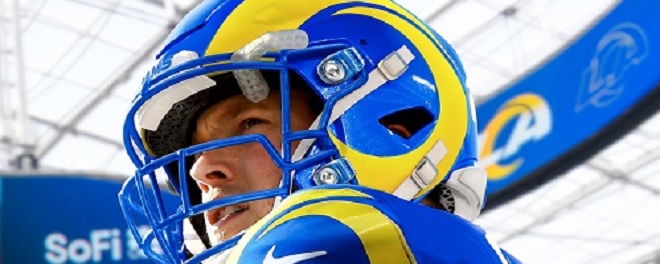College football is no longer just a game of brute strength and raw talent. In recent years, it has transformed into a data-driven, tech-enhanced battlefield where milliseconds and inches can mean the difference between victory and defeat. From how teams train to how fans watch the game, technology has permeated every aspect of college football. The result is a sport that looks, feels, and functions very differently from how it did even a decade ago.
While most attention gravitates toward touchdowns and trophies, the quieter revolution has been unfolding off the field. Programs across the country are investing in cutting-edge tools, wearable tech, video analytics, machine learning, to gain any possible edge. These advancements have made the sport more strategic and competitive. Many student-athletes even turn to academic aids to stay balanced, often saying things like, “I found my essay writer so I could focus on practice without sacrificing my GPA.” Managing time, tech, and training has become part of the new normal.
Smarter Training With Wearables
Wearable technology is one of the most significant innovations in modern college football. GPS trackers, heart rate monitors, and motion sensors now allow coaching staff to monitor everything from a player’s sprint speed to their recovery status. This data enables highly individualized training regimens, helping to maximize performance while reducing the risk of injury.
These wearables collect thousands of data points in every session. Coaches can identify fatigue before it leads to injury, spot trends in a player’s movement, and compare metrics across the roster. What used to rely on intuition is now grounded in numbers. The result is smarter decisions, not just about who starts, but how hard they’re pushed in practice.
Game Planning With Data Analytics
The influence of data doesn’t end in training sessions. Analytics have fundamentally changed how coaches scout opponents and develop game plans. Software platforms now break down game footage into searchable, sortable data. Coaches can isolate a rival’s third-down tendencies or visualize how a defense shifts on specific formations.
For quarterbacks and coordinators, this technology is akin to holding the opposing playbook. It enables simulations and virtual walkthroughs that help players process complex scenarios without ever stepping on the field. Play-calling is no longer driven by instinct alone; it’s guided by trends, probabilities, and real-time adjustments.
Instant Replay and Fairer Officiating
The introduction of advanced replay technology has altered how games are officiated. With high-definition cameras positioned strategically around the field and real-time review systems, referees have the tools to make more accurate calls. While this has sometimes sparked debates about game flow, it’s hard to argue with better accuracy.
These systems also ensure more accountability and transparency. In contentious situations, like disputed catches or out-of-bounds plays, officials can consult multiple angles and slow-motion replays before reaching a decision. This minimizes human error and helps preserve the integrity of the sport.
Fan Engagement and Second-Screen Experiences
College football has always had a passionate following, but technology has intensified the ways fans connect with their teams. Mobile apps provide live stats, instant replays, and behind-the-scenes content. Social media platforms give fans access to players’ personalities and real-time updates during games. Smart stadiums now offer augmented reality overlays and interactive features right from the stands.
Some universities have even begun offering virtual reality experiences. These allow fans to “sit” in the locker room before kickoff or watch from the sidelines in real time. These immersive options are no longer experimental novelties; they’re key tools for boosting engagement and loyalty.
Recruiting in the Digital Age
Recruitment used to rely on handwritten letters, in-person visits, and film reels. Today, it’s almost entirely digital. Prospects post highlight videos on social platforms. Coaches scout athletes on recruiting websites using sophisticated search filters. Algorithms now help programs assess talent based on metrics that were once ignored.
This has opened the door for more athletes to get noticed, especially those from smaller schools or underserved regions. A three-star recruit with standout metrics can now receive attention from top-tier programs because the data doesn’t lie. This democratization of scouting is reshaping how teams build their rosters.
Virtual Reality in Practice
VR is no longer the stuff of tech expos. It’s in practice facilities across the country. With VR headsets, quarterbacks can rehearse complex passing plays, and defensive backs can sharpen their reads without taking physical reps. These simulations mirror live scenarios, helping players build muscle memory and decision-making speed.
This is especially beneficial for backup players or those returning from injury. They can keep mentally sharp by “experiencing” hundreds of reps virtually, reducing the learning curve when they return to physical drills. For coaching staff, this is an efficient and safe way to develop depth.
Injury Prevention and Recovery Tech
Injuries are an unfortunate part of football, but technology has given teams better ways to prevent and recover from them. High-speed motion capture and pressure sensors in cleats help identify unsafe movements. Recovery devices like cryotherapy chambers, pneumatic compression sleeves, and laser therapy now accelerate healing times.
Even concussion protocols have improved. Impact sensors in helmets can alert trainers to potentially dangerous hits in real time. Players are removed and evaluated more quickly, and return-to-play decisions are increasingly backed by neurological data. The emphasis on player safety has gained both credibility and results.
The Future of Coaching
Artificial intelligence and machine learning are beginning to influence coaching strategies. Some programs are testing software that suggests optimal plays based on opponent behavior and situational data. These AI systems don’t replace human judgment, but they offer a second opinion, one that’s informed by thousands of scenarios.
In addition, augmented reality is on the horizon for sideline use. Picture a coach wearing smart glasses that overlay statistics and matchup data in real time during a game. While these technologies are still being tested, they suggest a future where strategic decisions are turbocharged by real-time intelligence.
Leveling the Playing Field or Widening the Gap?
There is, however, a growing concern about access. Wealthier programs can afford top-tier technologies, custom VR platforms, biomechanical labs, and full-time data analysts, while smaller schools must make do with limited resources. This raises important questions about equity in competition.
Technology has the potential to level the playing field when used wisely, but it can also deepen divides if access remains unequal. As governing bodies evaluate the future of college football, resource allocation and fair play will remain central issues.
Conclusion
Technology has permanently altered the fabric of college football. What was once a sport dominated by physicality now thrives on precision, planning, and data. Training is smarter, coaching is sharper, and fans are more connected than ever before. As new innovations continue to enter the arena, the evolution of college football is far from over. One thing is certain: the game will never go back to what it once was. And for players, coaches, and fans alike, that’s an exciting prospect.

